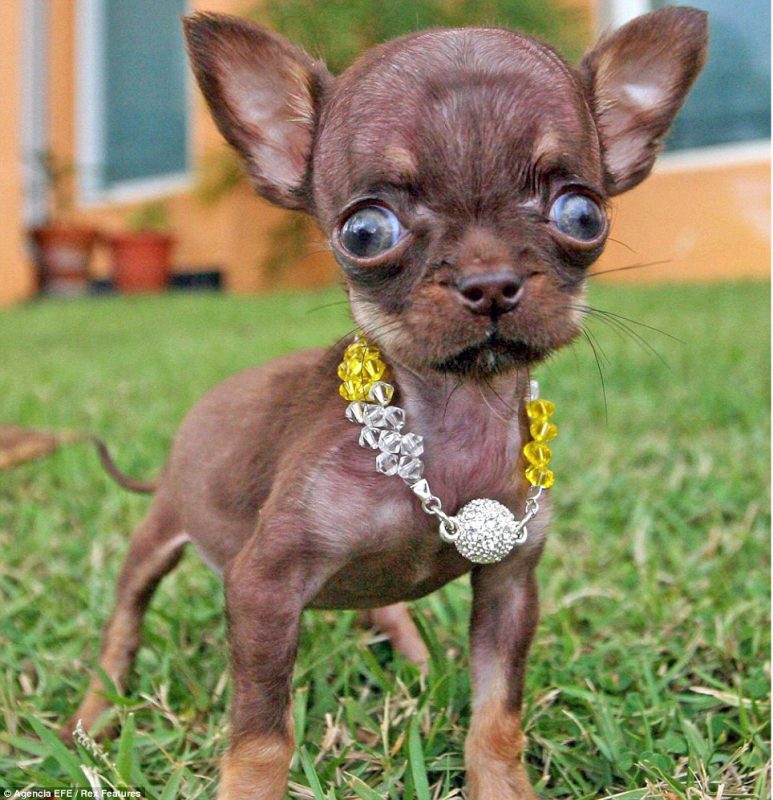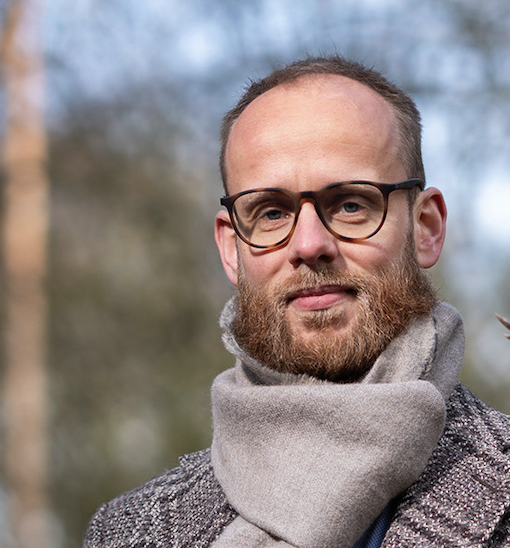HACKING DNA: CRISPR – HOPE OR HORROR?
March 27, 2017
Last week me and my brother went to a special practicum about genetic modification in De Waag at Amsterdam. The evening was called: “CRISPR – Hope or Horror?” Under the inspiring guidance of biohacker Pieter van Bohemen and PHD candidate Wieke Betten we learned how to make bacteria resistant (!) to the antibiotic streptomycin via the revolutionary CRISPR/Cas9 system. I was really amazed at how easy it is now -a-days to ‘hack’ an organism and alter it’s DNA (in my group there was a twelve year old participating fully).
CRISPR can be programmed to target specific stretches of genetic code and to edit DNA at precise locations. The technology is revolutionary because this gene editor has high-precision, is inexpensive, and is easy-to-use. The easiness shows in the protocol:
1) grow the bacteria
2) put the bacteria in a test tube
3) add some sort of catalyst
4) add CRISPR with the specific DNA sequence you want to add to the bacteria
5) and finally cool the substance so you can heat-shock it in hot water.
That’s it. Before the experiment the bacteria would have died from the antibiotic streptomycin, after the simple experiment you would be able to see the modified bacteria grow in a petri dish, unaffected by the antibiotic. (Un)Fortunately it was illegal to finish the experiment so we didn’t complete the final step; heat-shocking our final mixture in hot water. Sounds fun? You can genetically modify bacteria yourself by ordering the kit with all the necessary equipment here for $150.
Hope or Horror?
The discussion that followed was at least as interesting as the experiment itself. It was based on a polarisation of the current social and moral debate around CRISPR:
Hopeful Utopian thoughts:
- Science gets more accessible
- We can make healthier food
- Everybody has the right to be healthy
- It’s a solution for environmental issues
- It can save lives
- It is more sustainable
- It can give better harvests in third world countries
- We can achieve more and faster
- A healthy civilisation is better for everybody
- It is cheaper than previous technologies
Horrific Dystopian thoughts:
- Less diversity makes us vulnerable as a species
- People are more than their genes
- The gap between rich people and poor people will widen
- Everybody can do this in his garage, mistakes will be made
- The danger of bioterrorism
- Unwanted changes are irreversible
- Genetic discrimination (see the movie Gattaca)
- Unforeseen ecological changes
- It’s wrong to privatise nature
- Animals don’t have a voice
- It will go at the expense of Biodiversity
Some unanswered questions:
- When gene editing is being widely used, how free are you really to say no to these ‘advancements’? Will you ‘fall behind’ or be cast aside when you don’t act along?
- Will the boundaries of what ‘sick’ or ‘abnormal’ means change until almost any small deviation of the normal will be corrected?
- Is the development of human/animal chimeras for organ transplantation ethically wrong?
Acceptance of genetically modified organisms?
The thoughts and questions that arise may ring a bell because we have been able to modify DNA since the 1970’s and we have been fantasising and worrying over the future ever since. Luckily even in the year 2017 the Utopian and Dystopian perspectives are still a few years away: we are not yet ‘en masse’ editing our own, or our children’s, DNA in our garages.
After decades of discussion we are still struggling with our attitude and regulation towards genetically modified or edited plants (crops). In the year 2017 the public acceptance of Genetically Modified Organisms (GMO’s) remains low, even with crops/plants. At the same time farmers and multinational corporations are pushing the boundaries. For genetically modified animals the public acceptance is even lower than for plants, let alone the acceptance to edit humans. But the first trials on humans have already started. I wonder if technology is going to fast to handle. That we simple can’t keep up in the fields of humanities, law, and ethics with the technological developments.
For example: the experiments on animals are already being done for more than a decade. It is already becoming ‘normal’ or at least possible to buy a genetically modified pet. One example is the Zebrafish: it is widely used in scientific research and it was among the first vertebrates to be cloned. The company GloFish thought the Zebrafish looked boring and genetically modified it to fluorescent colors. You can buy them at http://glofish.com/. These modified fish are still illegal in the EU, but in the United States people have these swimming in their aquariums since 2003 (the Zebrafishes were genetically modified with another technique than CRISPR/Cas9). If you don’t own an aquarium and want something more intelligent: for $1600 you can buy a genetically modified ‘micropig’ that only grows to be 15 kilograms.
These are just pets for fun. There are also a lot of CRISPR experiments being done on animals with a bigger picture in mind. One study has the goal to cure Duchenne Muscular Dystrophy: people with this disease have weaker muscles, including their cardiac muscle, because their muscles don’t produce the protein dystrofine. Research with CRISPR-mice experiments are already showing good results. Scientists got the dystrofine production in these mice back to 70% of the normal value. Another experiment at Harvard has the goal to create a mammoth-like elephant that will help fight climate change. The large wooly grazers would help keeping the ground several degrees colder by trampling the snow, and thus exposing the surface of the soil to cold air.
Let’s do better than we did with the Chihuahua
Let’s hope these CRISPR experiments will end better than our historic selective breeding projects. After centuries of selective breeding we have turned proud wolves in unnatural creatures with useless long ears, strange noses, and short legs. We bred in a lot of deformities. One of them stands out for me in cruelty: Some breeds, like the Chihuahua, can suffer from syringomyelia: they have a brain that is too big for their skull.
In a certain way we have been playing Dr. Frankenstein for centuries now: breeding, creating, bending nature to our will. When we look at the Chihuahua it’s evident we can’t just blame or fear the new CRISPR technology itself, we have to look deeper. We have to look at ourselves and take the lives and consequences of our creations seriously. Maybe we should remind each other more often of our mistakes: “Hey man, if you really want to combine the DNA from a wolf and a human, at least make sure his brains won’t pop out of his eyes.” Let us learn from our mistakes. Let’s do better than we did with the Chihuahua.

Source: http://www.dailymail.co.uk/news/article-2440203/Worlds-smallest-dog-Milly-Chihuahua-3-8-inches-high.html

 English | EN
English | EN 

